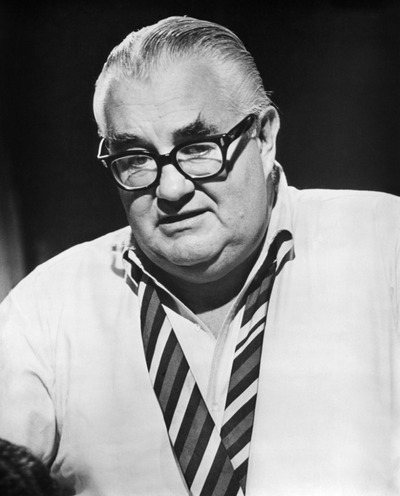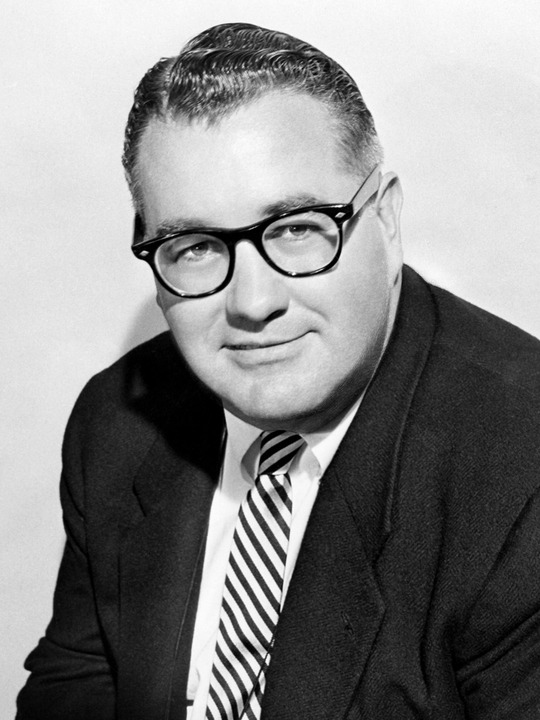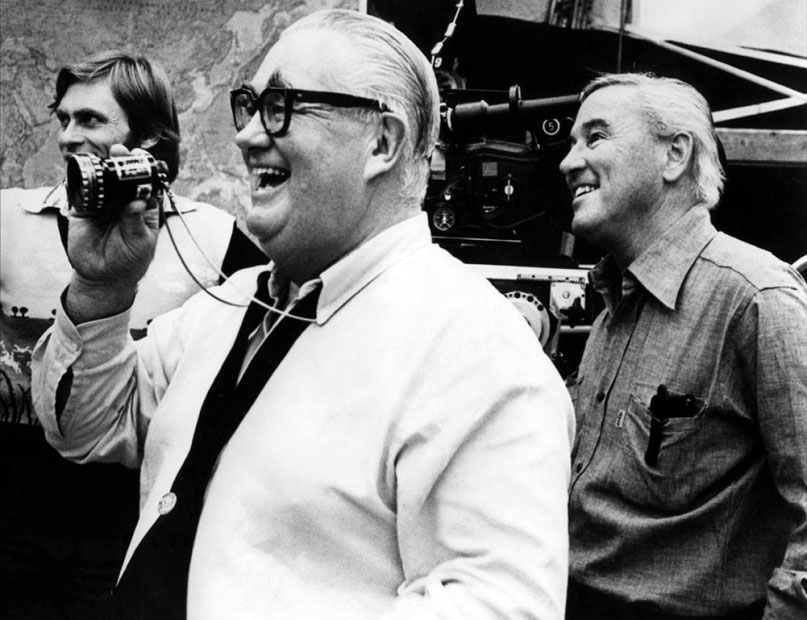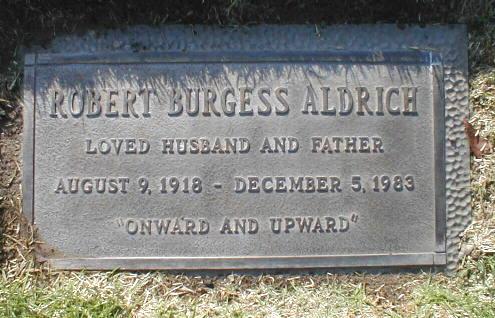Robert Aldrich (Robert Aldrich)

Aldrich was born in Cranston, Rhode Island, the son of Lora Lawson and newspaper publisher Edward Burgess Aldrich. He was a grandson of U.S. Senator Nelson W. Aldrich and a cousin to Nelson Aldrich Rockefeller. He was educated at the Moses Brown School in Providence, and studied economics at the University of Virginia where he also was a letterman on the 1940 football team. In 1941, he dropped out of college for a minor, $50-a-week clerical job at RKO Radio Pictures. In doing so, he was also dropped by his family, and lost a potential stake in Chase Bank he would have inherited. Indeed, it’s been said that “No American film director was born as wealthy as Aldrich—and then so thoroughly cut off from family money.”
He quickly rose in film production as an assistant director, and worked with Jean Renoir, Abraham Polonsky, Joseph Losey and Charlie Chaplin, with the latter as an assistant on Limelight. He became a television director in the 1950s, directing his first feature film, The Big Leaguer, in 1953. Aldrich soon gained recognition as the rare American example of the auteur filmmaker, depicting his liberal humanist thematic vision in many genres, in films such as Kiss Me Deadly (1955), today a film noir classic, The Big Knife (1955), a cinematic adaptation of Clifford Odets’s play about Hollywood as a business, and Attack (1956), a World War II infantry combat film exploring how U.S. Army careerism determined who attacked and who ordered the attack. During the 1950s, Aldrich directed mostly action stories, including early films like Apache and Vera Cruz, both starred Burt Lancaster. In 1959 he was head of the jury at the 9th Berlin International Film Festival.
In the 1960s, he directed several commercially successful films, such as the gothic horror stories What Ever Happened to Baby Jane? (1962), featuring Bette Davis and Joan Crawford as spiteful sisters and faded child-actresses, the follow-up Hush… Hush, Sweet Charlotte, with Bette Davis as a Southern woman who lives in a mansion and thinks she is going insane (both Joan Crawford and Davis were to appear, but Crawford left the film); the sexually controversial The Killing of Sister George (1968); and the war film formula template, The Dirty Dozen (1967). The success of The Dirty Dozen allowed him to establish his own film production studio for some time, but several failures forced his professional return to conventionally commercial Hollywood films. Nevertheless, his humanism is thematically evident in The Longest Yard (1974), about the rigged-game politics, and Ulzana’s Raid (1972) about the post–Civil War violence against Native (and not only Native) Americans.
From his marriage to Harriet Foster (1941–65), Robert Aldrich had four children, all of whom work in the film business: Adell, William, Alida and Kelly. In 1966, after divorcing Harriet, he married fashion model Sybille Siegfried. In 1983, Aldrich died at the age of 65 from kidney failure in a Los Angeles hospital.
Born
- August, 09, 1918
- USA
- Cranston, Rhode Island
Died
- December, 05, 1983
- USA
- Los Angeles, California
Cemetery
- Forest Lawn Memorial Park (Hollywood Hills)
- Los Angeles, California
- USA





